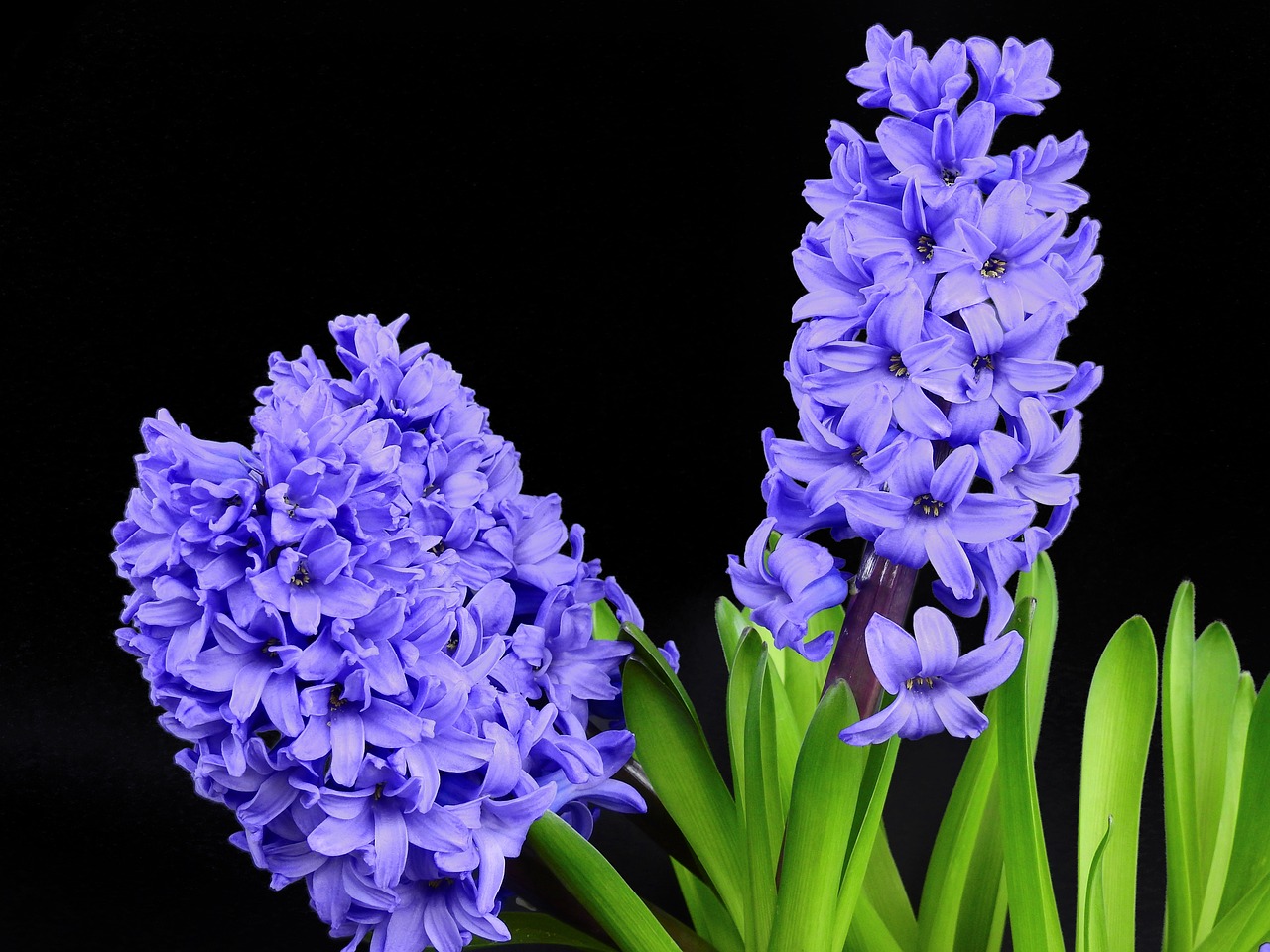
Hyacinths: Delightful Facts About These Fragrant Spring Blooms
Hyacinths are renowned for their vibrant colours, intoxicating fragrance, and graceful blooms that herald the arrival of spring. These delightful flowers have captured the hearts of gardeners and flower enthusiasts for centuries, thanks to their beauty, versatility, and rich symbolism. From their fascinating history to their cultural significance, here are some fascinating facts about hyacinths that will deepen your appreciation for these beloved springtime blooms.
Origins and History
These plants belong to the genus Hyacinthus, which is part of the Asparagaceae family. These fragrant flowers are native to the eastern Mediterranean region, including countries such as Turkey, Syria, and Lebanon. Hyacinths have been cultivated for thousands of years and were prized by ancient civilizations such as the Greeks and Romans for their beauty and fragrance.
Vibrant Colours
Hyacinths are available in a wide range of colours, including shades of pink, purple, blue, white, and yellow. These vibrant hues add a pop of colour to spring gardens and floral arrangements, making them a popular choice for Easter and other springtime celebrations. Whether planted en masse in flower beds or showcased in bouquets and centrepieces, hyacinths never fail to captivate with their dazzling colours.
Intoxicating Fragrance
One of the most distinctive features of these blooms is their intoxicating fragrance, which fills the air with a sweet and spicy scent that is both alluring and unforgettable. The fragrance of hyacinths is often described as rich, heady, and reminiscent of springtime. Many perfumes and fragrances are inspired by the scent of hyacinths, making them a popular choice for adding a touch of luxury to personal care products.
Symbolism and Meaning
Hyacinths are rich in symbolism and hold various meanings in different cultures and traditions. In Greek mythology, hyacinths are associated with the story of Hyacinthus, a youth beloved by the god Apollo. According to legend, Hyacinthus was accidentally killed by Apollo during a game of discus, and from his blood sprang the first hyacinth flowers. As a result, hyacinths symbolize rebirth, renewal, and the fleeting nature of life.
Gardening Tips
Hyacinths are easy to grow and require minimal maintenance, making them ideal for both beginner and experienced gardeners. These hardy bulbs prefer well-drained soil and full sun to partial shade. Plant hyacinth bulbs in the fall, before the first frost, at a depth of about 6 inches and space them 4-6 inches apart. Water the bulbs thoroughly after planting and keep the soil evenly moist throughout the growing season. Hyacinths will reward you with stunning blooms in the spring, year after year.
Cultural Significance
They have played a significant role in various cultures and traditions around the world. In Persian culture, hyacinths are associated with the celebration of Nowruz, the Persian New Year, and are used to decorate homes and festive tables during this joyous occasion. In Victorian England, hyacinths symbolized sincerity and constancy and were often given as gifts to express love and devotion.
Medicinal and Culinary Uses
In addition to their ornamental value, hyacinths have been used for medicinal and culinary purposes for centuries. In traditional medicine, hyacinth bulbs were believed to have diuretic and expectorant properties and were used to treat respiratory ailments such as coughs and colds. The flowers and bulbs of hyacinths are also edible and can be used to flavour teas, syrups, and desserts, adding a subtle floral note to culinary creations.
They are more than just beautiful flowers—they are symbols of springtime, renewal, and the enduring cycle of life. From their ancient origins to their intoxicating fragrance and rich symbolism, hyacinths have captivated people’s imaginations for centuries. Whether planted in gardens, displayed in bouquets, or celebrated in cultural traditions, hyacinths continue to enchant with their beauty and fragrance, reminding us of the magic and wonder of springtime.
